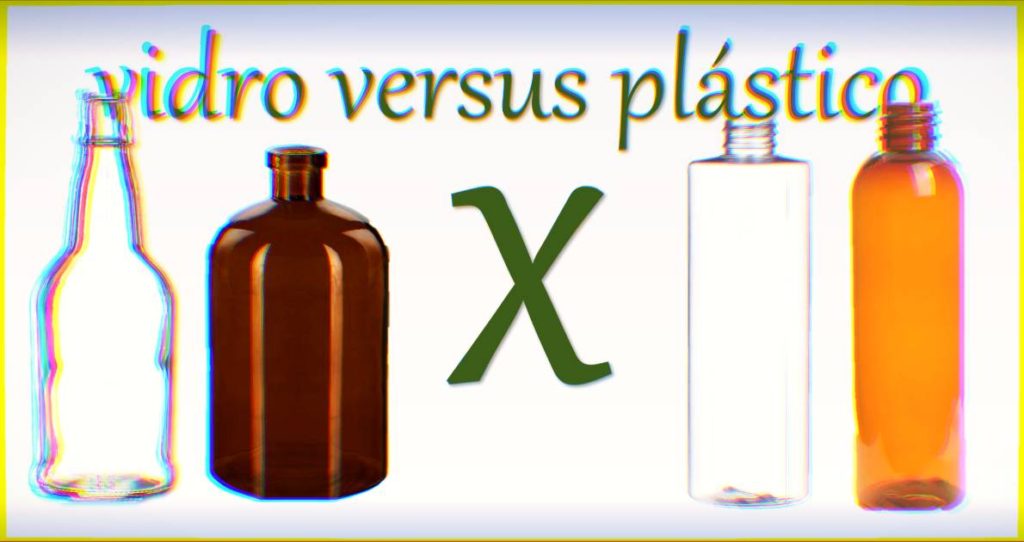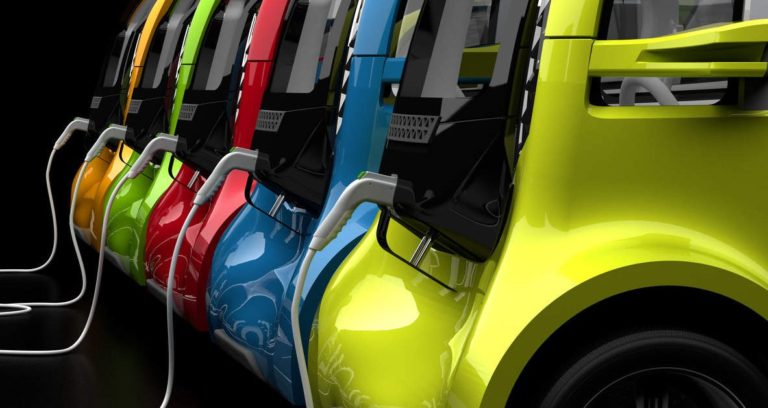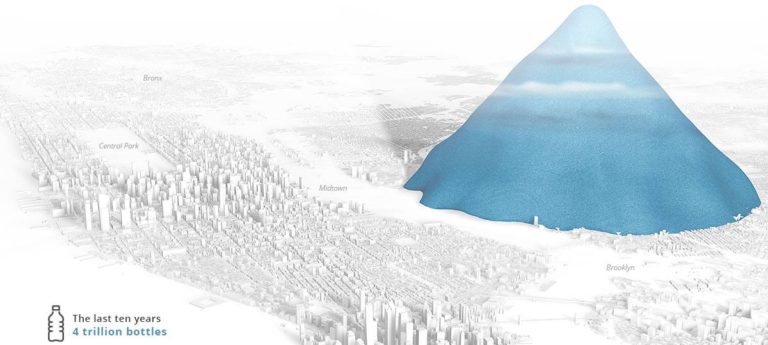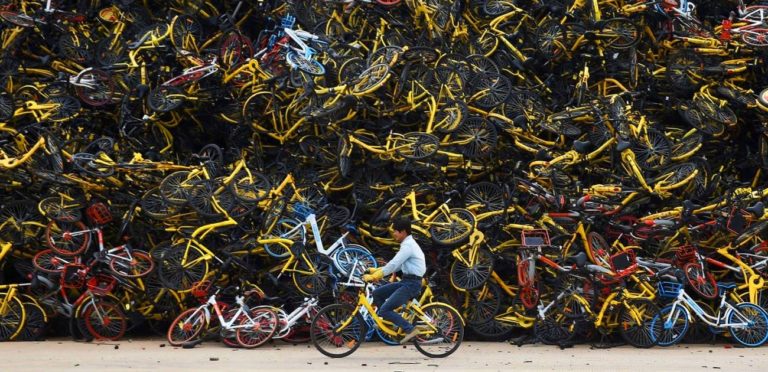Advertisements
It is common for conscious consumers to find themselves faced with an avalanche of conflicting information when choosing products and their packaging. The packaging and the product are perceived as a single unit by the consumer, but it is important to analyze each one separately to better understand their environmental implications.

Packaging Considerations
When purchasing a beverage, consumers have a choice between glass and plastic. While aluminum cans have a recycling rate of around 98% and are widely recycled, the focus here will be on plastic and glass bottles, which have lower recycling rates and are often found in inappropriate locations.
Consumer behavior is often limited to immediate gratification, without considering the environmental impact of packaging. The concept of reverse flow — the path of used packaging back into the production process through recycling — is an essential step, and the initial responsibility lies with the consumer.
The Importance of Selective Collection
The reverse flow is optimized by selective collection, allowing the collection of large volumes of material, which is essential for the economic viability of recycling. However, only 22% of Brazilian municipalities have selective collection programs, and only 17% of the population receives this service. This scenario makes recycling difficult, especially when waste is improperly disposed of on streets, beaches and waterways. Selective collection, when properly implemented, can transform recycling into a more efficient and economical process.
Glass Packaging Recycling
Glass bottles, when recycled, can be transformed into new glass bottles, while maintaining the same quality. Glass is composed mainly of sand, which is extracted from nature for its production. Recycling glass reduces the need for new sand and reduces the environmental degradation associated with its extraction. However, the market for scrap glass is volatile, with prices ranging from R$$50.00 to R$$180.00 per ton, which can make it difficult to transport and recycle. In addition, recycled glass is often diverted to illegal uses, such as counterfeiting products. To help, consumers should try to de-identify used glass packaging by tearing off labels and damaging lids.
Plastic Recycling
Plastic is derived from petroleum and can be recycled into new products or packaging. However, plastic recycling faces significant challenges, including the need to separate different types and colors of plastic, and to avoid mixing plastics with other materials. These requirements increase processing costs. The value of plastic scrap ranges from R$$700.00 to R$$3,000.00 per tonne, which can influence the economic viability of recycling. Although PET (polyethylene terephthalate) recycling is approved for food contact, the cost and complexity of the process mean that recycled material can be as expensive as that manufactured from virgin raw materials. The overall recycling rate for plastics is around 26%, with significant variations depending on the type of plastic and the effectiveness of collection systems.
Life Cycle Analysis of a Packaging
To assess the environmental impacts of packaging, a Life Cycle Assessment (LCA) is essential. The ideal packaging should protect the product, ensure its safety up to the end consumer, and be recyclable to minimize environmental impact. LCA helps to understand all environmental aspects associated with the production, use, and disposal of packaging. In Brazil, the implementation of LCAs is still in the early stages, and more studies are needed to provide a complete picture.
While there is no perfect packaging, the choice between glass and plastic should consider recyclability and environmental impact. Packaging is essential to prevent waste and ensure product safety, but it must be used responsibly. Responsibility lies not only with consumers, who must adopt appropriate disposal practices, but also with companies, who must prioritize sustainability in their packaging processes, and with local governments, who must improve collection and recycling systems. Developing effective and sustainable solutions for packaging recycling is crucial to minimizing environmental impacts and promoting a greener future.
Check out other interesting facts about recycling clicking here.
Learn how to make art by recycling, Click here.



